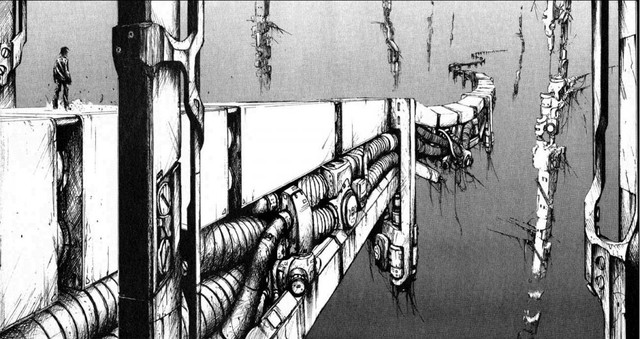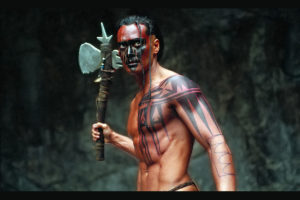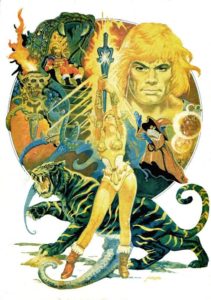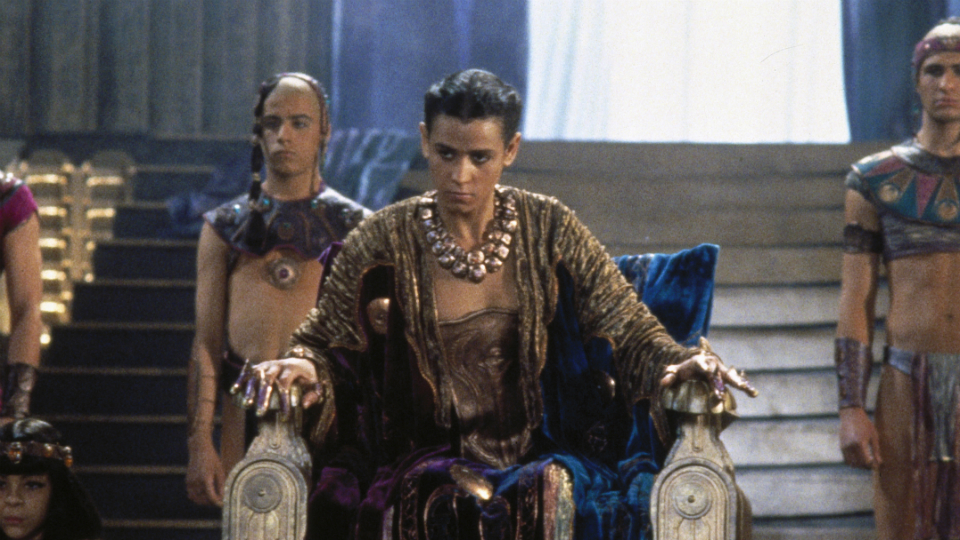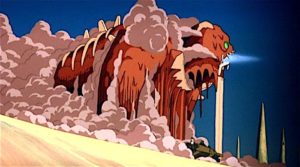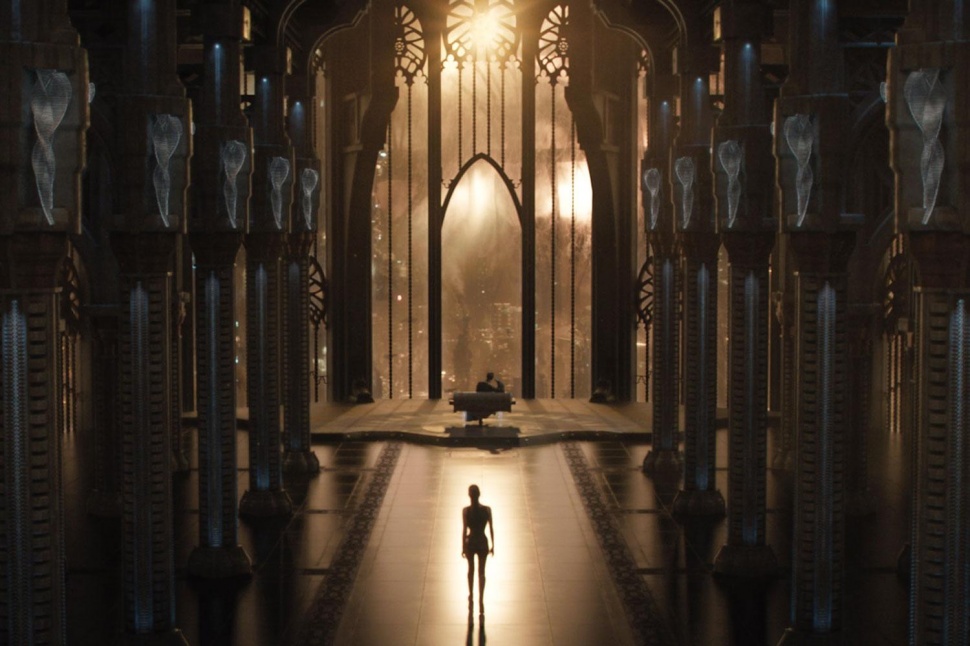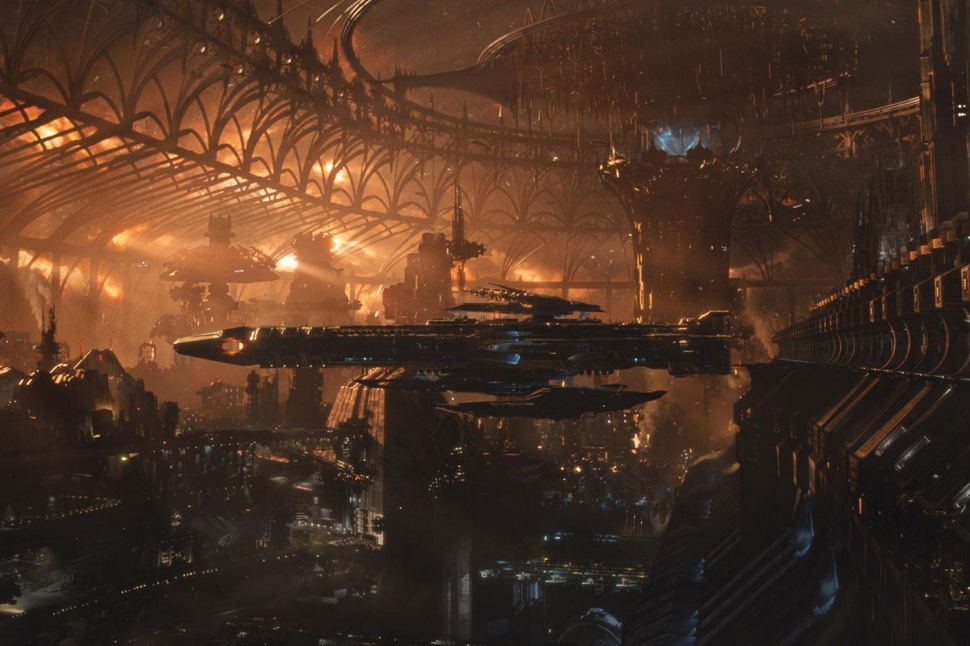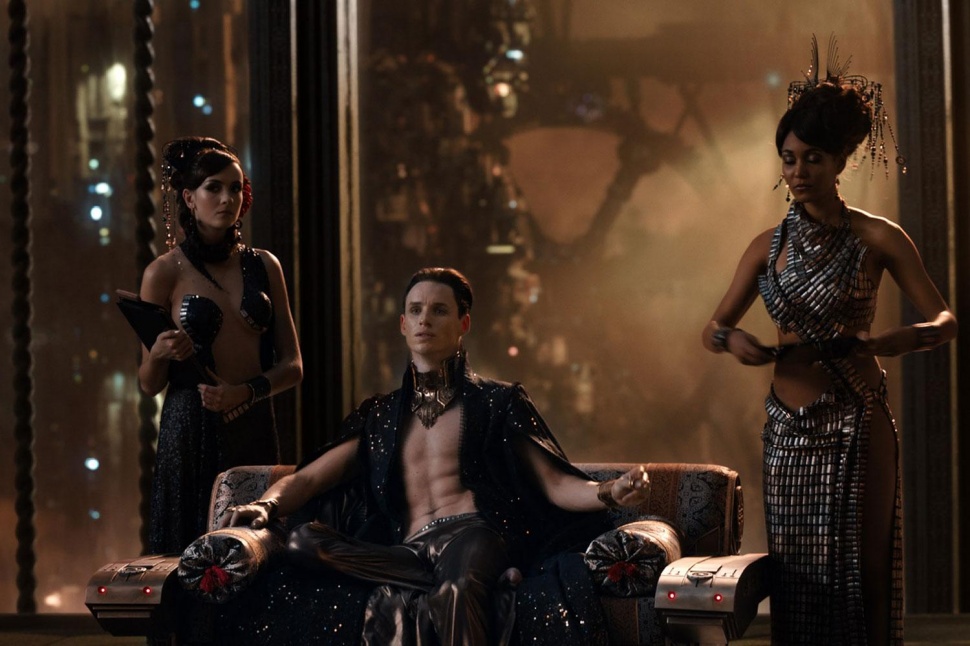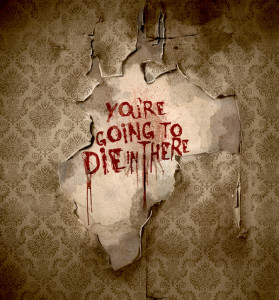Here are some disorganized thoughts about the new Aquaman movie. There will be some light spoilers, but who are you kidding? Nobody goes to this movie for the plot. More below the big image of Atlantis, in case you want to bail.
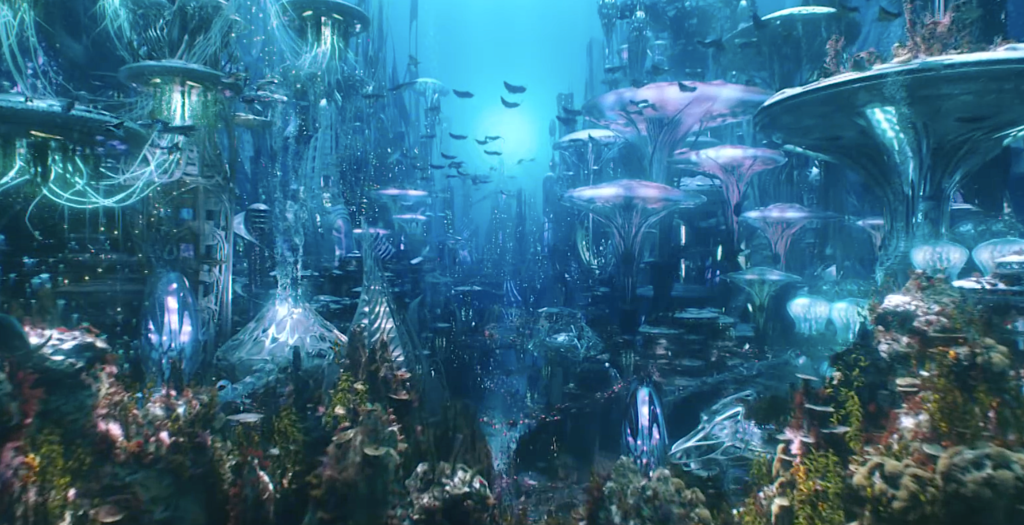
Atlantis (Image source)
There is a copy of Lovecraft’s Dunwich Horror on the coffee table that that camera ostentatiously caresses during the prologue sequence. You know that you will be getting a Hollywood take on deep ones or something along those lines. And you do. Deep ones and scary friendly Cthulhu beast.
There is a scene quote of a Tie Fighter dogfight pursuit, underwater, with Ocean Master standing in as Vader.

Ocean Master (Image source)
Speaking of Ocean Master, the actors are, how do I put this, visually enhanced using digital means. It was well done generally, and presented no distraction for me during the movie, but afterwards I went to see who played Ocean Master, and (no shade) but Patrick Wilson is not the blond I was expecting.

Cool helmet (Image source)
The plot is in structure highly similar to that of the recent Black Panther movie, but with Atlanteans rather than Africans, and an error of commission rather than an error of omission on the part of the wicked king. There is a kingdom with magical technology hidden in the modern world, a ritual gladiator challenge of kings, and a big battle scene at the end that I swear Peter Jackson stealth-directed. (I found the battle scene in Aquaman more entertaining than the one at the end of Panther, though.) There are, among other things, crab mecha, giant incendiary catapults that are also seemingly crabs, fish people in power armor, and what look like an underwater crustacean take on space marines. Ocean Master jousts to battle on a colossal caparisoned barracuda rather than use his underwater spaceships with lasers.

Atlantis, with more spaceships (Image source)
Yes, the movie is probably too long, and the plot is 90% predictable, and sometimes you can see it in the actors’ eyes—Do I really have to say this line?—but there are a few sequences of close to cinematographic brilliance, such as the descent into the trench during the storm with the swarms of deep ones, revealed by the light of a red flare, or the chase/fight over the roofs of Sicily. The architectural spectacles of old and new Atlantis are stunning at times as well.

Aquaman (Image source)
The scary friendly Cthulhu-beast is 90% Smaug. Which is fun, I suppose.
This Aquaman clearly checks the box for the “rugged” Grindr Tribe. I get the angle, and Jason Momoa pulls it off. I could do with the stylist turning down the Rob Zombie dial slightly for the next movie though.
And finally, if you ever wanted more Joseph Campbell in your superhero movies, Aquaman has you covered.
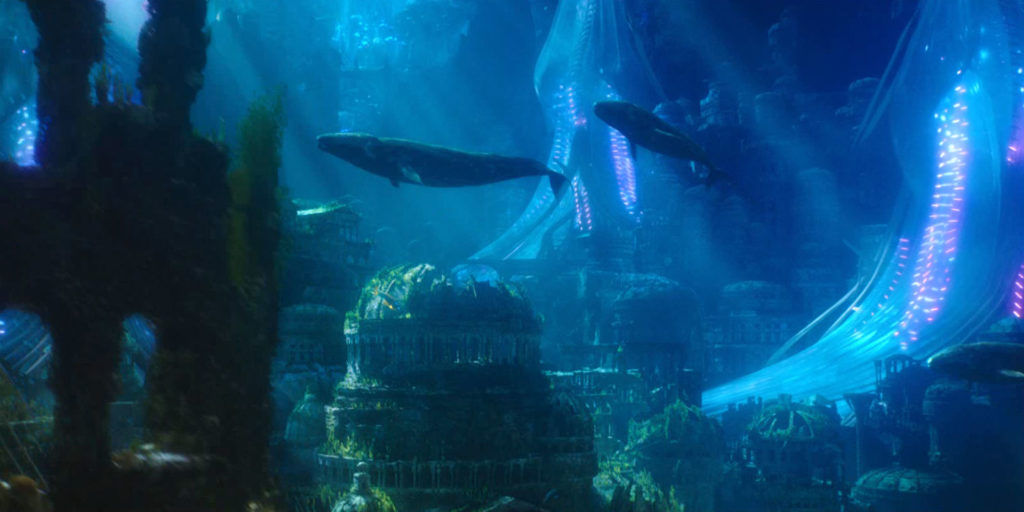
More Atlantis (Image source)

